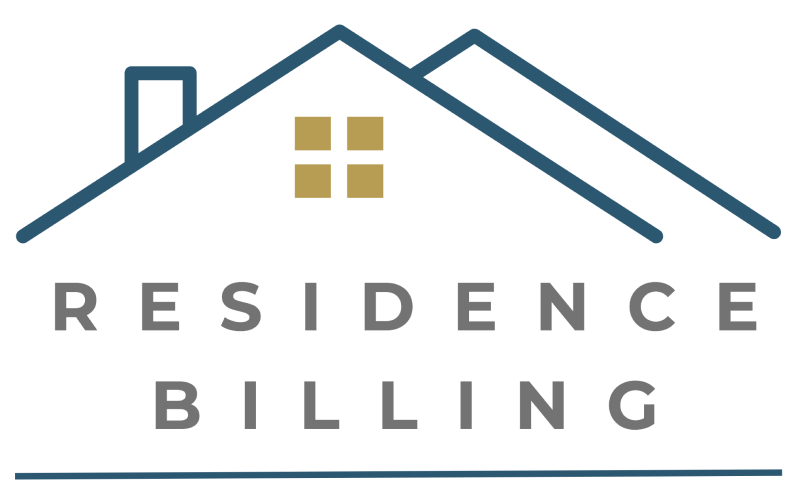Frequently Asked Questions
What is the purpose of third-party utility billing?
Traditionally, utilities have been included in the base rent. However, this often leaves property owners responsible for sometimes large, unpredictable monthly cost variances, as well as utility cost increases that could occur over the life of a lease. Additionally, there is no incentive for the tenant to be conservative in their consumption and usage. For example, lights may be left on, leaky faucets not fixed, and many other utility-related costs are simply out-of-sight, out-of-mind for tenants. Our dedicated Account Managers monitor month-to-month and yearly usage and alert tenants if there is out-of-the-ordinary usage. Finally, with the ability to charge proper usage fees, it allows property management groups to recoup costs and become more efficient.
Why do I need a third-party billing company?
Think of how much time you spend collecting your utility bills. It’s a hassle to make sure the payments are accurate and fair to each tenant. Then there’s the time spent issuing those bills and following up on payment. Residence Billing simply lets you get that time back to focus on the more pressing demands of your property.
What will it cost me?
Most often, our nominal fee is paid by the tenant themselves as a line item on their bill. In rare cases, per local regulations, the property management group may have to contribute to the fees. Give us a call and we can quickly check to see how this would impact your property.
What can I bill my tenants?
You can bill your tenant any utility that is not in their name or currently being paid for by the tenant already. Typical utilities you can collect are water, sewer, trash, common area deductions (CAD fees), security costs, internet, etc.
What are the types of measured collections for utilities?
Typically a tenant uses Direct Metering; these are items, such as electricity, that is in their name for the bill. There is also Submetering, which is individual meters per residential unit, installed behind the master meter and monitored by the owners rather than the utility provider.
What is rubs billing?
Where submetering is not economically or physically feasible, we can allocate utilities costs using Ratio Utility Billing (RUBS), either by occupancy, square footage, or some other formula. RUBS billing is allocating master metered utility charges proportionately, based on a number of custom factors.
What types of rubs billing are there?
There are several methods of billing that can be determined for a property. Most common are occupancy-based or occupancy and square-footage calculation. Our Account Managers can help you determine which is the best solution based on your property and regulations in your area.
What is the benefit to the property management group to have a rubs billing structure?
Cost savings, first and foremost. You are no longer simply paying bills with no visibility to the overall costs. There is also an environmental factor. For example, studies have found that properties with a RUBs structure in place use 6-18% less water overall. That is over 6,500 gallons of water per year at the average apartment. For 250 units that’s a savings of 1.6 million gallons a water per year that you used to pay for!
I live in a heavily regulated state or area. Can you take care of that?
Yes. We are current on all state, city, and county regulations.
